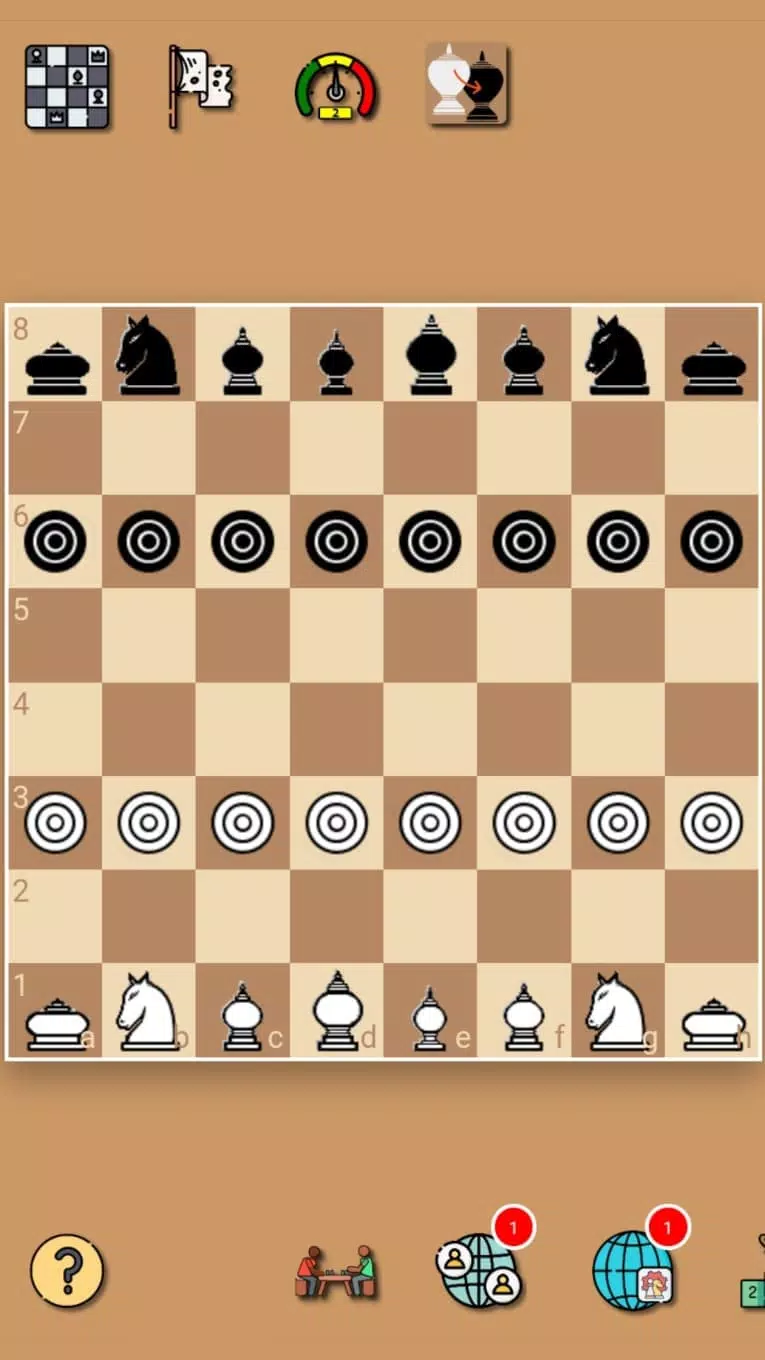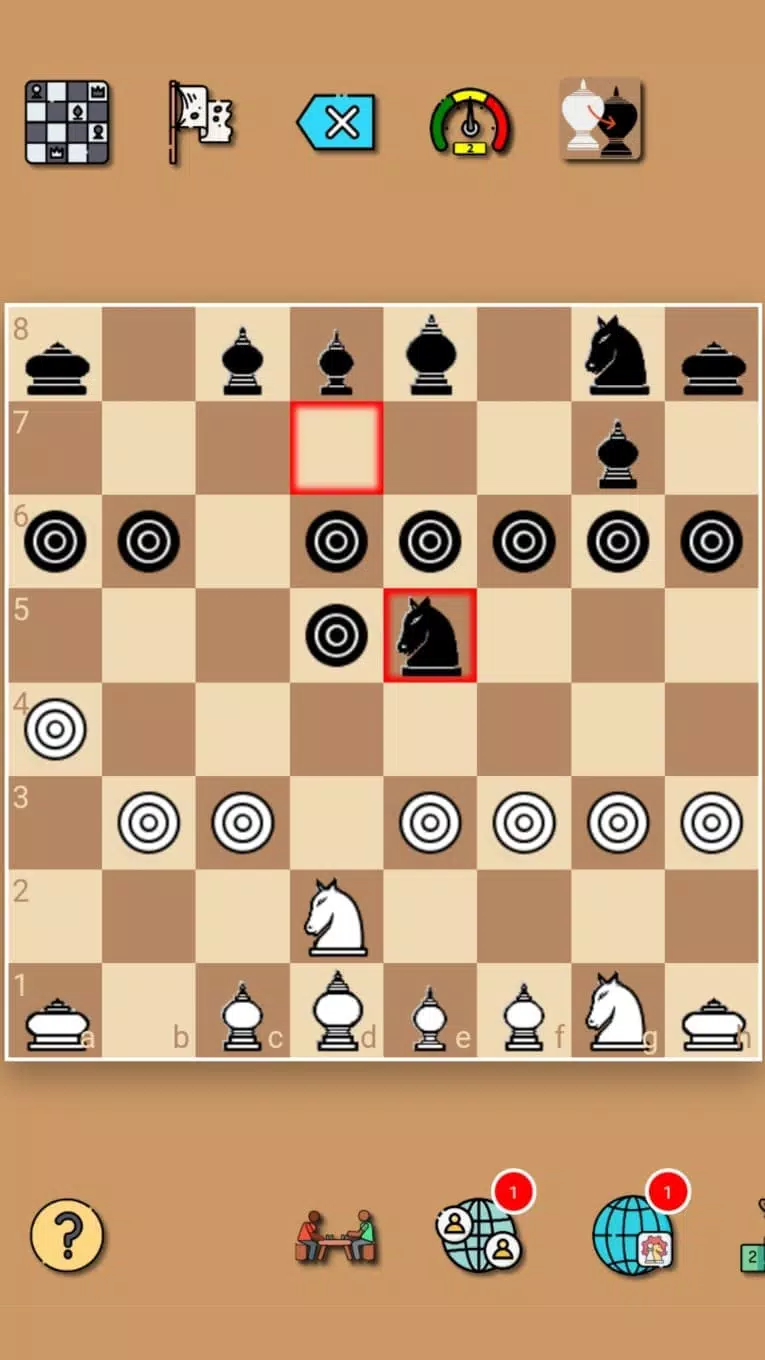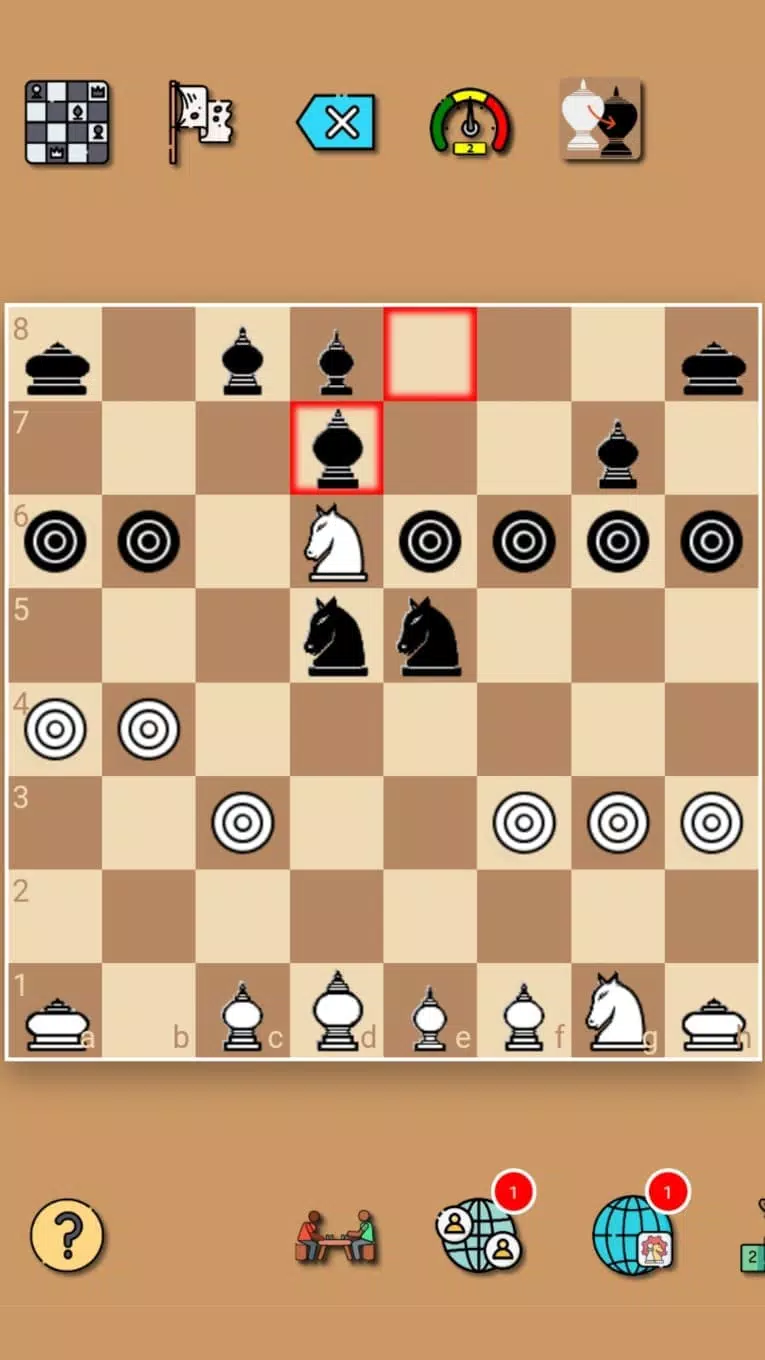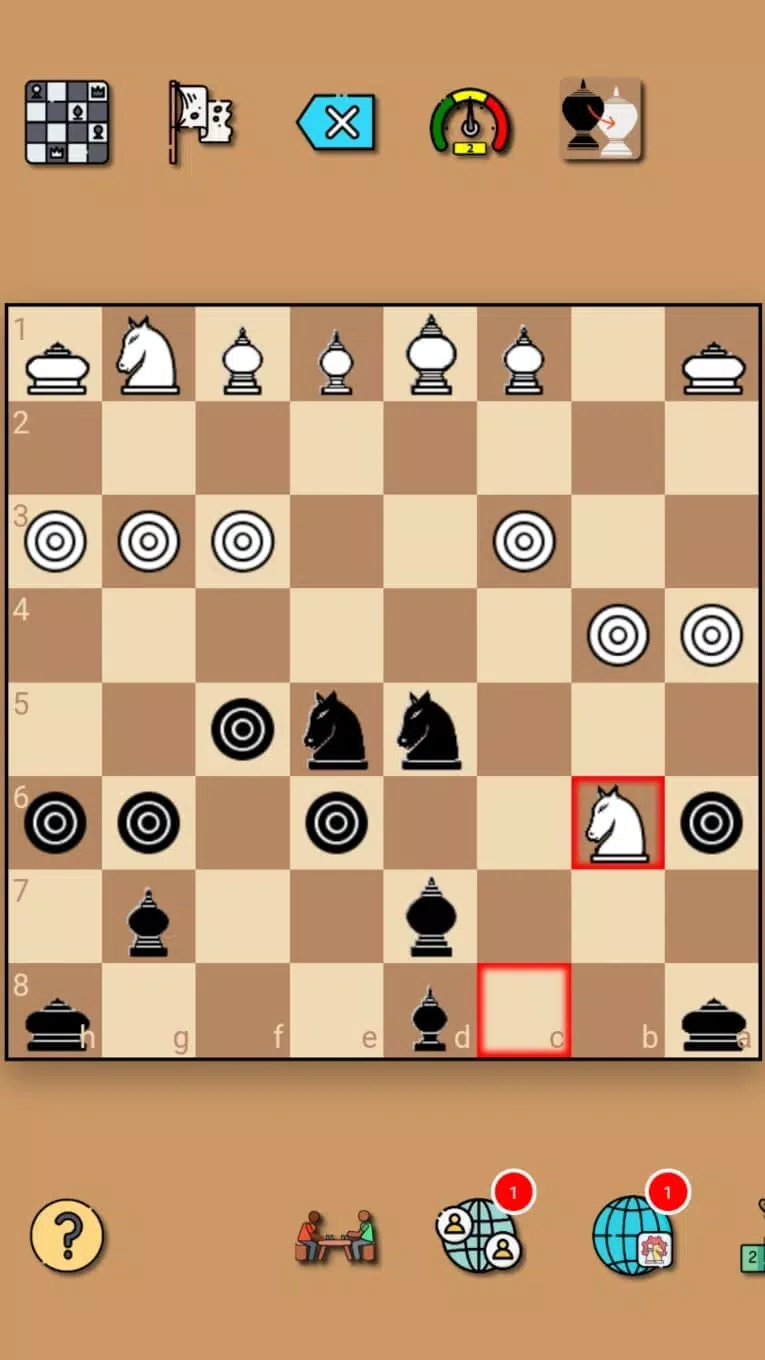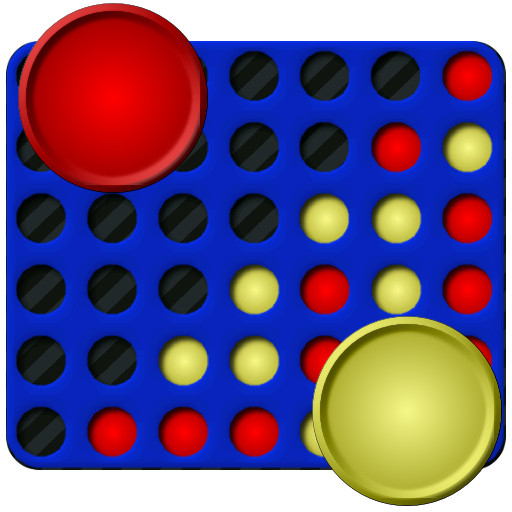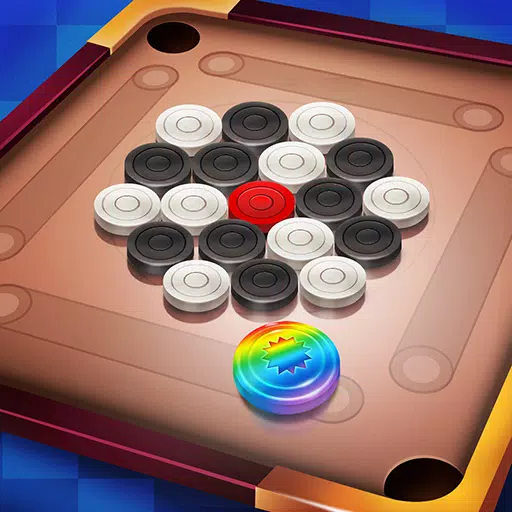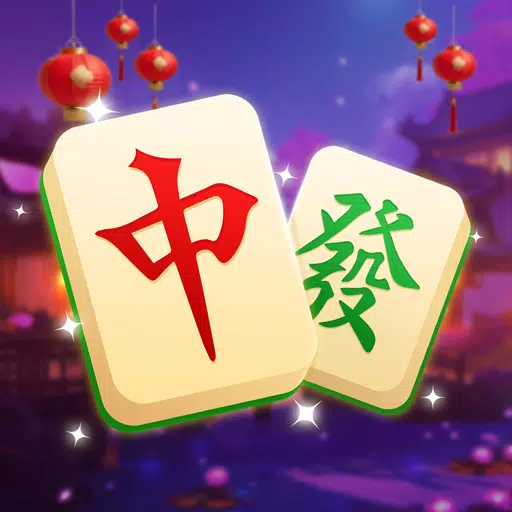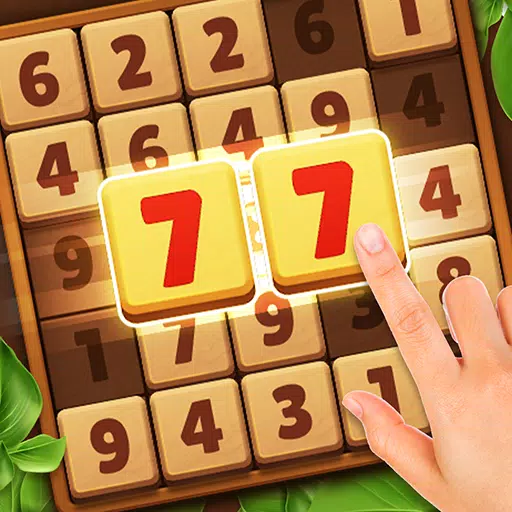Thai Chess: A Unique Take on the Classic Game
Thai chess, played on an 8x8 board, shares similarities with classical chess but features key differences. The initial setup mirrors classical chess, with two exceptions: the white queen starts on e1 and the white king on d1 (each king is to the left of its queen from the player's perspective); pawns are positioned on the third rank (white) and sixth rank (black).

Standard piece movements for the king and rook remain the same as in classical chess: the king moves one square in any direction, and the rook moves any number of unoccupied squares horizontally or vertically. Pawn movement also follows the classical rules: one square forward, capturing one square diagonally forward. The game can be played against AI, a local opponent on the same device, or an online opponent in multiplayer mode.
Piece-Specific Movements:
- King: Moves as in European chess. Castling is not permitted.
- Queen: Moves only one square diagonally.
- Rook: Moves any number of unoccupied squares horizontally or vertically.
- Bishop: Moves one square diagonally in any direction or one square forward vertically.
- Knight: Moves in an "L" shape (two squares in one direction, then one square perpendicularly), as in European chess.
- Pawn: Moves one square forward vertically and captures one square diagonally forward, mirroring European chess rules. Pawns promote to a queen upon reaching the sixth rank.
Winning the Game:
The objective, as in classical chess, is to checkmate the opponent's king. A stalemate results in a draw.


